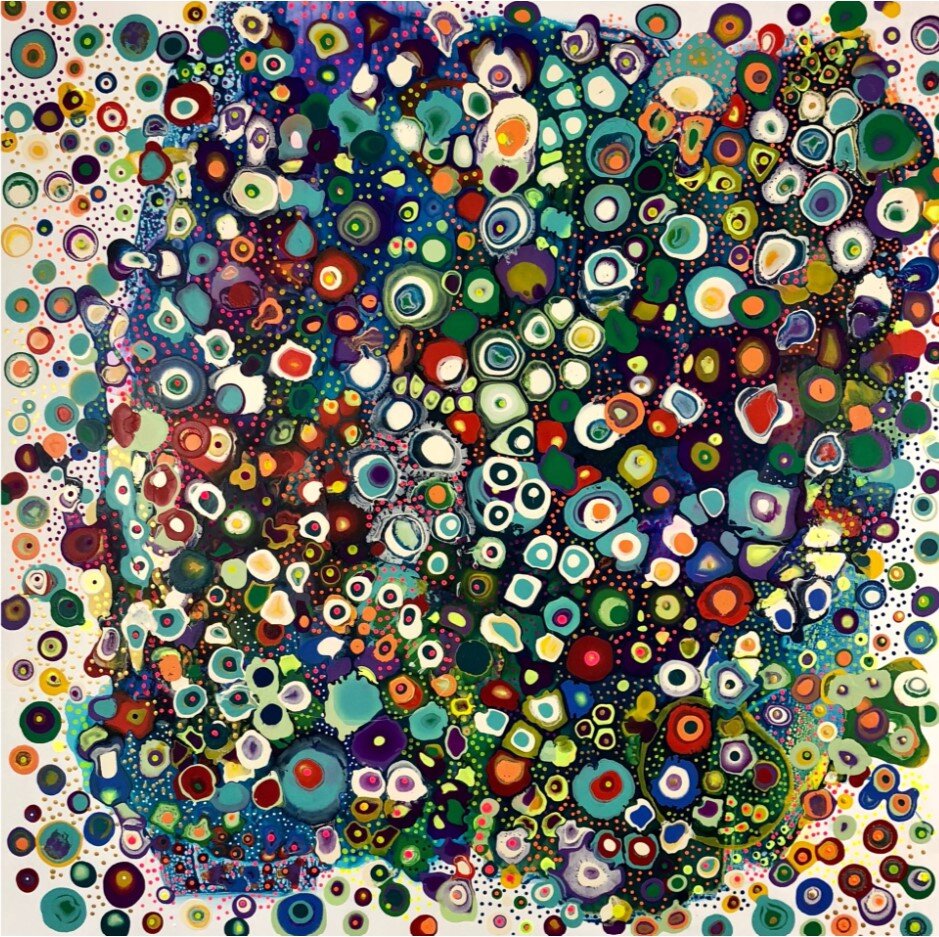Things may appear different to you depending on how you look at them - or at which angle you approach them. What you will make of them will also depend on what you already know about them. This is true for people as it is for any problem you may have undertaken to solve. Take plasma membrane rupture (PMR), for instance. In PMR, a cell's membrane is breached so that its insides seep out and the cell, unable to repair its membrane faster than it is damaged, gradually dies. PMR is not a passive event but brought about by a protein known as NINJ1. A name which may ring a bell for some readers, and rightly so. Early on in the year, I wrote about the role this protein has in creating rips in cell membranes. So why write about NINJ1 again? Because it is intriguing to see how the understanding of a given biological mechanism can change depending on the data that is available. Today, a second team of scientists suggests that NINJ1 does not just cause slits in the plasma membrane but rather cuts out holes, much in the way you would cut out shapes with a cutter in biscuit dough.
The concept of programmed cell (PCD) death took quite some time to be acknowledged by biologists. Currently, however, not only have we wholly accepted the notion that many of our - or any living organism's - cells die to preserve life but the understanding of PCD has now become as complex and intricate as an electronic board. We have discovered that cells, die in different ways, provoked by different pathways, and each way has been given a name like pyroptosis, necroptosis, ferroptosis or apoptosis - each involving interactions of various factors to give rise to maze-like pathways that leave you utterly befuddled. Relief comes when you learn that whichever path the cell chooses, the very last step seems always to be tackled by NINJ1 whose ultimate job is to puncture the cell's membrane. How exactly NINJ1 does this is precisely what is under debate.
One team of researchers2 suggests that NINJ1 monomers assemble to create transmembrane fence-like structures that slit the cell's membrane; this was discussed in a previous article*. A second team1, which we consider here, suggests that NINJ1 monomers assemble into transmembrane ring-like structures that cut out a hole in the cell's membrane exactly in the way a cutter would cut out a shape in biscuit dough. The difference in interpretation comes from the data that was available to each research team, and their consequent understanding of NINJ1's 3D structure.

courtesy of the artist
Both teams agree that active NINJ1 monomers are a chain of two C-terminal transmembrane helices (α3 and α4) and two N-terminal smaller helices (α1 and α2). The two larger helices fold over to lie side by side. The two smaller helices form a right-angle with each other, and α2 binds parallel to transmembrane helix α3 while α1 reaches out, so to speak, to bind to another NINJ1 monomer. In this way, the active monomers form filaments. Where the two teams differ in interpretation stems from the shape of the filaments they observed. The first team concluded that the filaments formed oligomers whose backbone was straight. This led them to believe that NINJ1's transmembrane segment, formed by α3 and α4, was also straight. The second team, however, observed curved filaments - and this led them to suggest that the transmembrane segment of NINJ1 was not straight but kinked. Indeed, each helix - both α3 and α4 - seems to bend at the precise location of a glycine residue. As a result, the helices adopt a kind of molecular spoon hug.
According to the second team of researchers, this spoon hug conformation would give rise to curved filaments, or ring segments, something the team actually observed. A given number of ring segments could then join to form a complete ring-like structure. Moreover, each ring segment presents a convex and a concave side which, prior to activation, are both hydrophobic by nature. Upon NINJ1 activation, that is to say upon α1 and α2 insertion, the inner concave side of the ring would remain hydrophobic while the convex side becomes hydrophilic. To put things simply, the inner part of the ring would remain bound to cell membrane, while the outer hydrophilic edge would sever itself from it. So we have the biscuit cutter.
Is it really important to know how a cell is punctured if the outcome is the same, you may wonder? Is it really of interest to know that a cell dies because it is riddled with rips, or pierced all over with holes? From a certain perspective, perhaps not. However, a slit is not the same as a pit, and the instruments used to create each must differ somehow too. The knowledge of how exactly NINJ1 oligomers perform to cause cellular disintegration could open up therapeutic opportunities in the field of cancer, infection and inflammatory diseases for example. Alternatively, from a purely biological point of view, whether NINJ1 oligomers form curved or straight filaments, this is a wonderful illustration of how the 3D structure of a protein is at the heart of what defines its function - one of biology's paradigms.
* Protein Spotlight issue 265: Rupture

